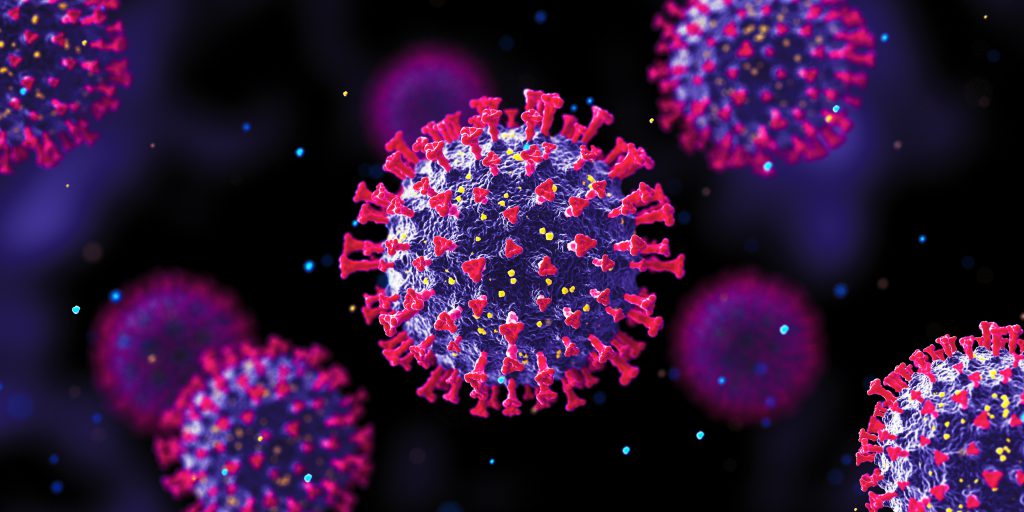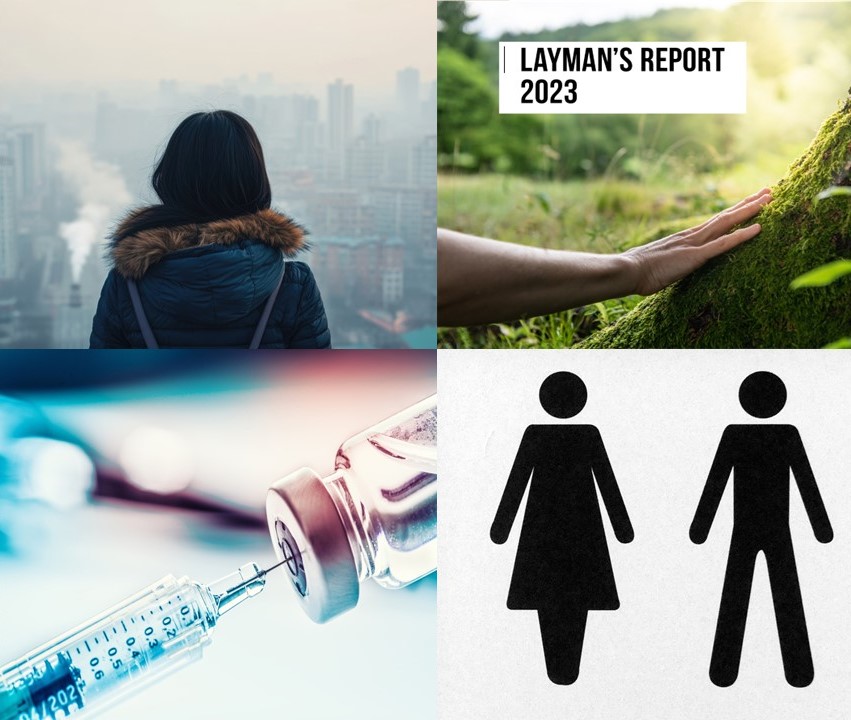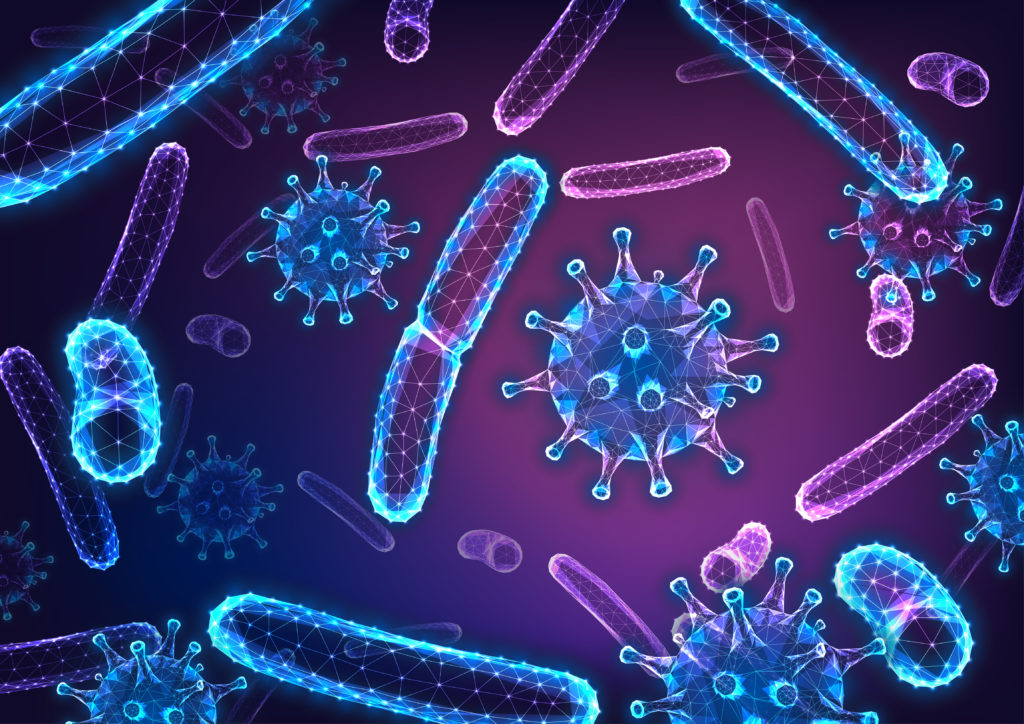What are the benefits, costs and feasibility of a low incidence COVID-19 strategy
10 January 2022
A low incidence strategy.
Lifting some non-pharmaceutical interventions means living with a relatively high incidence of cases. Such a high incidence means hundreds of cases per week per 100,000 people.
The rate of fully vaccinated people is not sufficient to break infection chains and reduce infection rates in most European countries. What’s more, the emerging variants of concern show partial immune escape. What’s the cost of high incidence? What does a low incidence strategy imply?
In a recently published open access paper, a collective of international researchers including Luxembourg scientists Enrico Glaab, Alexander Skupin, and Paul Wilmes, examined the benefits, costs and feasibility of a low incidence COVID-19 strategy.
Reducing non-pharmaceutical interventions means accepting high COVID-19 incidence
In many countries, decision makers have felt compelled to abolish mask mandates as soon as the number of infections has decreased. In the summer of 2021, European governments lifted most non-pharmaceutical interventions aimed at containing the pandemic. Yet, the examples of Israel and Singapore suggest that even in countries with high vaccination rates, especially when faced with declining immunity, the removal of non-pharmaceutical interventions contributes to high incidence and associated adverse effects among other factors contributing to increased incidence during the winter months.
Non-pharmaceutical interventions are actions, apart from getting vaccinated and taking medicine, that people and communities can take to help slow the spread of illnesses. Measures and policies range from regular disinfection of public spaces to movement restrictions.
In this context, removing most non-pharmaceutical interventions appears to be a risky strategy. At peak incidence levels, test-trace-isolate-support systems (TTIS) capacity is quickly exceeded. It becomes impossible to detect and break many chains of infection. A further rapid increase in incidence to the point of total loss of control of transmission can then potentially result.
Exempting vaccinated people from non-pharmaceutical interventions, e.g. mask wearing or testing, poses further containment problems. Indeed, these individuals may still become infected and transmit the virus; given the frequent exemption of vaccinated individuals from testing requirements on the basis of the EU Covid digital certificate, their role in transmission chains needs to be assessed in terms of their contribution to the spread of variants of concerns.
Without effective TTIS systems, infections will go unreported and many chains of infection will not be detected and broken in time.
Reducing non-pharmaceutical interventions means accepting high COVID-19 incidence
High COVID-19 incidence has many impacts.
High incidence directly affects the health of a large proportion of the population.
The most vulnerable, including economically disadvantaged and/or socially marginalised populations, tend be less well served by vaccination programmes and campaigns. Many people cannot be vaccinated for health reasons or have a poor immune response to the vaccine, and therefore remain at risk.
High incidence has a negative impact on the workforce.
When people fall ill or need to isolate or quarantine, others need to do their work. This additional workload increases the likelihood of burnout, as has become evident especially among healthcare workers.
Additional burdens will be placed on health systems.
With C lifted and lowered risk perception, influenza, Respiratory Syncytial Virus, and pneumonia cases are likely to be more than last year. Due to postponement of surgeries and routine care during the pandemic there is a large backlog of patients in need of care. Indeed, if incidence increases before a sufficient proportion of people has been vaccinated (against COVID-19 and influenza), health systems may reach capacity limits.
The economic, social and health burdens associated with non-pharmaceutical interventions need attention.
Many of these burdens particularly affect vulnerable and disadvantaged groups. Maintaining and achieving low incidence is likely to reduce the need for the most harmful types of restrictions. Yet, the unintended negative consequences of apparently laudable measures are well known in the history of public health. As such, the role of non-pharmaceutical interventions in producing harm must be closely and carefully monitored.
Going for a low incidence strategy to avoid illness, deaths, and lockdowns
Achieving and maintaining low incidence is an important avenue to explore. This can be reached through a combination of increasing population immunisation with moderate non-pharmaceutical interventions in the winter and progressive social and economic policy measures to improve public health.
The rationale for this recommendation rests on three pillars:
01
At low incidence, test-trace-isolate-support systems can function effectively.
02
As population vaccination coverage progresses , the effective reproduction number Reff is continuously reduced, necessitating only moderate non-pharmaceutical interventions to keep Reff below 1.
03
A key aim of low incidence is to avoid the more restrictive measures that would follow spikes in infection rates, consequently lessening the harms incurred by non-pharmaceutical interventions.
By and large, a strategy successfully maintaining a low incidence provides more stability and helps to protect from the manifold social, psychological, and economic harms of such more restrictive measures.
Why do we need a common European strategy?
Overall, a pan-European commitment is crucial. The essential pillars needed to achieve and maintain low incidence include a clear political commitment across Europe to rapidly achieve high vaccine coverage. It also means close and systematic surveillance of the spread of SARS-CoV-2 and its variants across regions and countries, as well as systematic and representative sampling of SARS-CoV-2 infection in asymptomatic and symptomatic carriers, while monitoring for new variants with an early warning system.
A common European strategy is also needed to share vaccines with countries that do not have sufficient supplies. Coordinated global cooperation will greatly facilitate the pursuit of a low incidence strategy for COVID-19, and thus indirectly suppress the emergence of new variants. This would control the pandemic and avoid the discussed risks of the high incidence scenario.
In sum, in the low incidence scenario, we could avoid further damage to health, the economy and society. In contrast to 2020, European countries now have the capacity to effectively implement moderate non-pharmaceutical interventions, e.g. indoor masks, lateral flow tests. We have a better understanding of the effectiveness of different non-pharmaceutical interventions than we did a year ago. This means that companies are now in a better position to choose the minimum and least invasive set of actions needed to achieve and maintain low incidence, alongside social and economic policy measures that will also play a key role in maintaining low cases.
The Luxembourg researchers Enrico Glaab, Alexander Skupin, and Paul Wilmes received support from the Luxembourg National Research Fund (FNR).
Read the publication, entitled The benefits, costs and feasibility of a low incidence COVID-19 strategy










